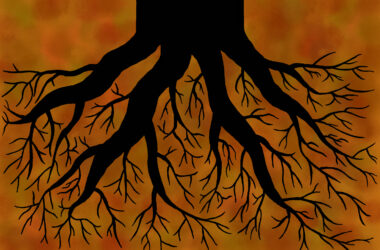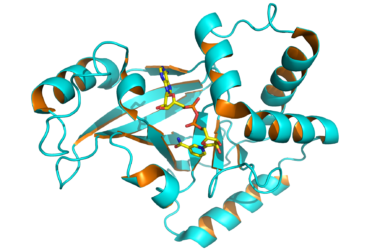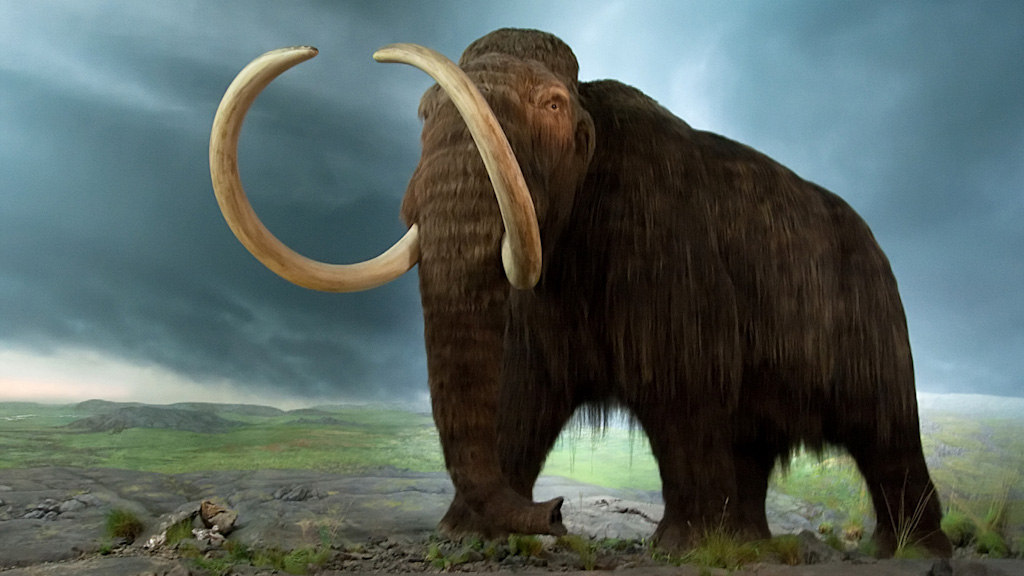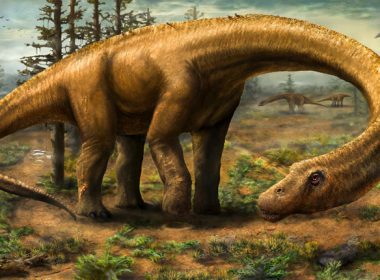Plant roots may be out of sight, but they are not out of mind for McGill researchers. While it is known that fine roots—those less than two mm in diametre—possess highly variable physiological and morphological properties, the reasons behind this variation remain unknown. Caroline Dallstream, a PhD student in McGill’s[Read More…]
Tag: research briefs
Patient-centric progress: Advancements in technologies for type 1 diabetes
Living with diabetes goes beyond managing its symptoms. It involves grappling with social stigma, the necessity of a continuous supply of insulin, the lurking fear of hypoglycemia, and the financial burden of disease management in failing healthcare systems. Recent advancements in diabetes technology aim to assist with insulin adjustment and[Read More…]
How exoenzymes changed the fate of organic matter
The very first life on Earth appeared 3.8 billion years ago as individual cells called heterotrophs, which were dependent on external food sources. Over the years, these simple heterotrophic cells underwent countless evolutionary changes, transforming into the planet’s diverse range of present-day animals. Despite the critical importance of evolution for[Read More…]
Research briefs: Thanksgiving weekend
Pumpkin and mammoth pies Americans who celebrated Thanksgiving last weekend have mastodons and mammoths to thank for the pumpkin pie on the table. In a study published this week in the Proceedings of the National Academy of Science, researchers established a link between the extinction of Pleistocene megafauna—mastodons, mammoths, giant[Read More…]
This week in space
Throughout history, blood moons have been associated with bad omens. In Chinese tradition, a blood moon foreshadowed famine or disease. Mesopotamians believed that a lunar eclipse resulted from attacks by demons. But on Sept. 27, from 10:11 p.m. to 10:37 p.m., when the moon turned red, there were no famines[Read More…]
Summer research briefs: Brain power
Molding memories Some people find it hard to remember what they had for lunch yesterday, while others can remember every detail of the house they grew up in. Understanding how memories are retained and recalled has always intrigued researchers, especially when seeking therapeutics for neurodegenerative diseases like Alzheimer’s. Researchers speculate[Read More…]
Research Briefs — Sept. 30
Face the truth: Mites found on human skin Microscopic eight-legged creatures make their homes in the faces of all people, a study recently published in PLOS ONE has shown. The Demodex mites are a group of hair follicle and sweat gland-dwelling species. Two different species of these mites reside on[Read More…]
Research Briefs
Fear not: The Dreadnoughtus The dreadnought was a type of battleship developed in the 20th century that was known for its size and speed.











